DNR wildlife veterinarian retires after nearly four decades of service
After 38 years with the Michigan Department of Natural Resources, wildlife veterinarian Steve Schmitt has hung up his lab coat for the last time.
Schmitt, 69, who is only the fourth state wildlife veterinarian to have worked for the DNR, retired May 31.
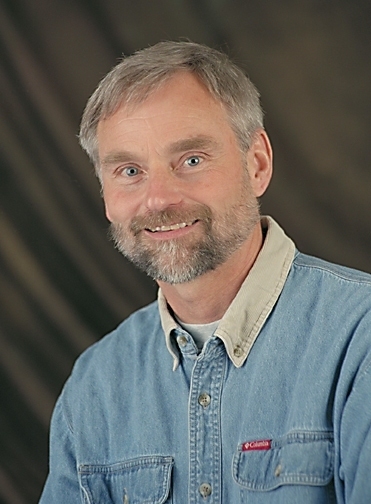 “His passion for his job and this state’s natural resources is unprecedented,” said DNR Wildlife Division Chief Russ Mason. “His passion for his job and this state’s natural resources is unprecedented,” said DNR Wildlife Division Chief Russ Mason.
From his development and implementation of wildlife disease surveillance plans, including important work with bovine tuberculosis, chronic wasting disease and avian influenza, to his more than 40 published journal articles, Schmitt had a storied career with the DNR.
He joined the department in 1978, four years out of vet school at the University of Illinois. Before coming to the DNR, Schmitt worked for a federal fisheries program in Alaska and for a private veterinarian in Oregon. He also attended undergraduate classes in the Beaver State.
Schmitt said he knew little about Michigan before coming to work here.
“The only experience I had in Michigan is twice on family vacation we went to Long Lake near Alpena,” Schmitt said.
But he did know that Michigan was one of only a few states that had a wildlife veterinarian’s position and he jumped at the chance to come here, driving across country in winter in an MG with all of his possessions and a 95-pound golden retriever.
Within a year, he was at the Turtle Lake Club, not far from where his family vacationed, because the deer herd was starving to death. And, as it turned out, that club was the epicenter of Michigan’s bovine tuberculosis outbreak, a crisis that would take up “half my career,” Schmitt said.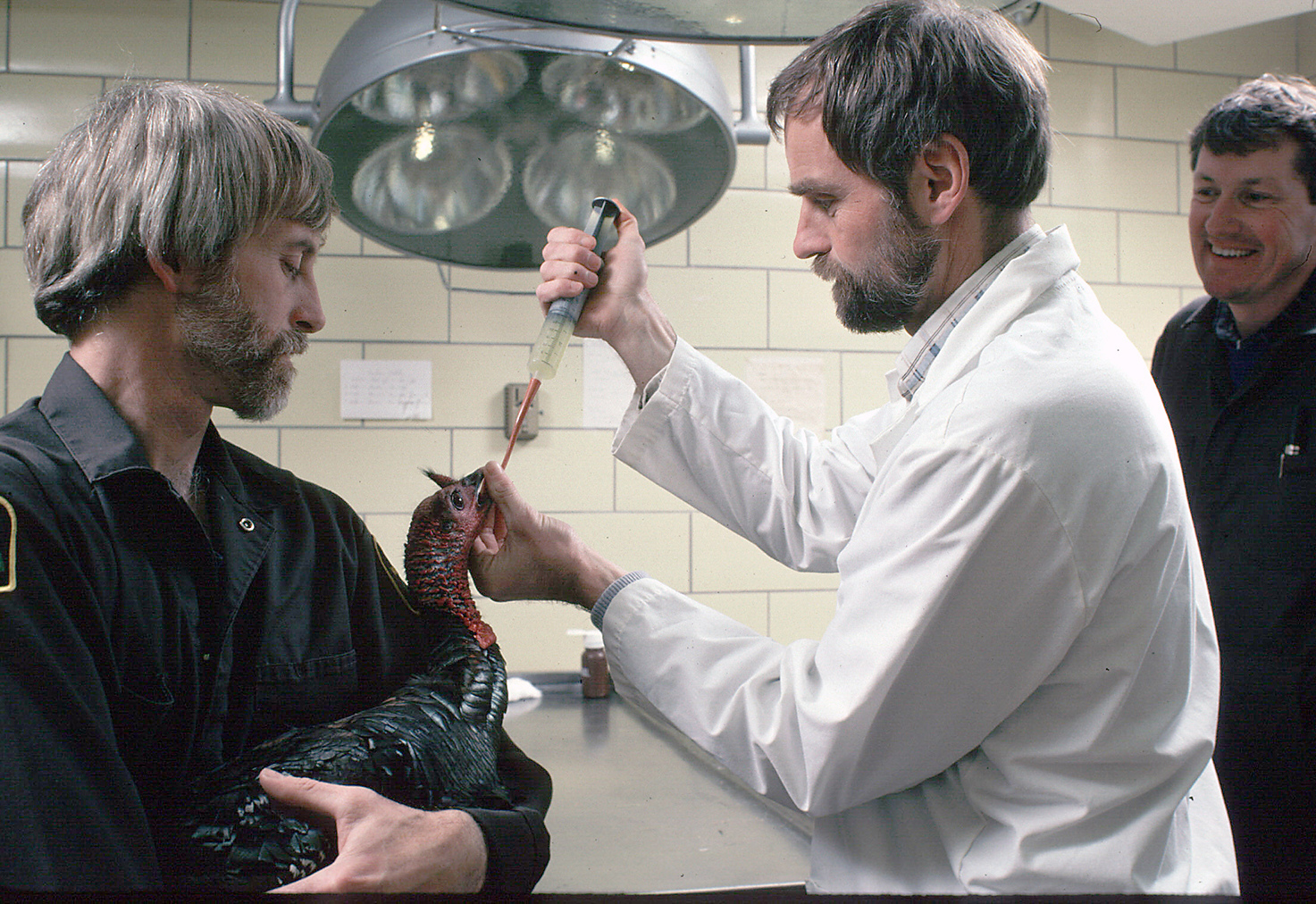
Beyond responding to the bovine TB problem, Schmitt said there were plenty of highlights for him at the DNR.
“Michigan has been very, very good to me,” he said.
Participating in Michigan’s second moose translocation, which brought the ungulates to the Upper Peninsula from Algonquin Provincial Park in Ontario in 1985 and 1987, was “the most fun thing I’ve done,” Schmitt said.
“Riding around in a helicopter with a tranquilizer dart gun and shooting the moose in the hindquarters,” Schmitt said. “It's really pretty easy if the helicopter pilot did a good job of getting you on the moose.”
Because of the thick conifer forests, the moose had to be rallied out onto a frozen lake to get a shot at them, Schmitt said. When the moose went down, he’d get out of the chopper and go to work blindfolding the animals, cutting the antlers off the bulls and injecting the moose with a drug to revive it.
The moose were then loaded on slings below larger helicopters and transported to a place where they could be crated and trucked to Michigan.
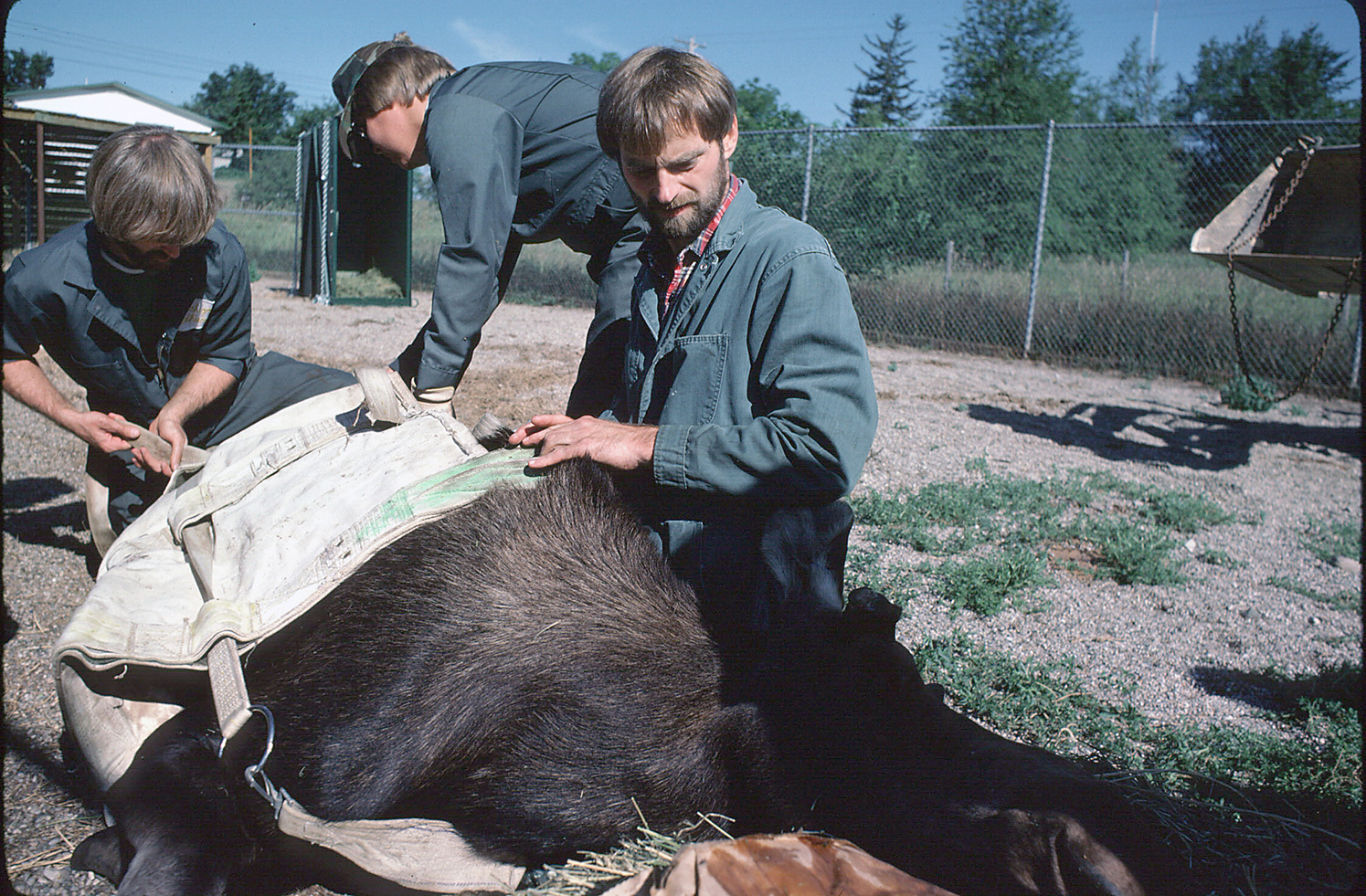 “We brought 29 the first year, 30 in ’87,” Schmitt recalled. “Of course, you’d tranquilize many more. If they ran into the woods, you couldn't recover them. I’d hike in on snow shoes – sometimes a half mile – and administer a reversal drug. “We brought 29 the first year, 30 in ’87,” Schmitt recalled. “Of course, you’d tranquilize many more. If they ran into the woods, you couldn't recover them. I’d hike in on snow shoes – sometimes a half mile – and administer a reversal drug.
“It was pretty traumatic for these animals – lifting them, moving them for 5 to 20 minutes, putting them in crates, trucking them to the U.P. Some of those animals were in those crates for close to 24 hours.”
In 1988, Schmitt went to China as part of the Sichuan pheasant program, where DNR staffers brought pheasant eggs back to Michigan to rear chicks.
“The eggs were in first class,” Schmitt said. “I was in business class.
“That was neat from a both a wildlife management perspective and culturally. We were in a remote area – there was no electricity – and we were the first Westerners they'd ever seen. We were driven around by a Chinese military officer. Our interpreter was a forester who came to Michigan State to study as part of the deal.
“It was a very neat experience, something I have never had before or since. The food was all fresh – there was no refrigeration. And we ate a lot of noodles, not rice. We were at a higher elevation where they grew wheat. You couldn’t get a Coke, but we were told the beer was safe to drink.”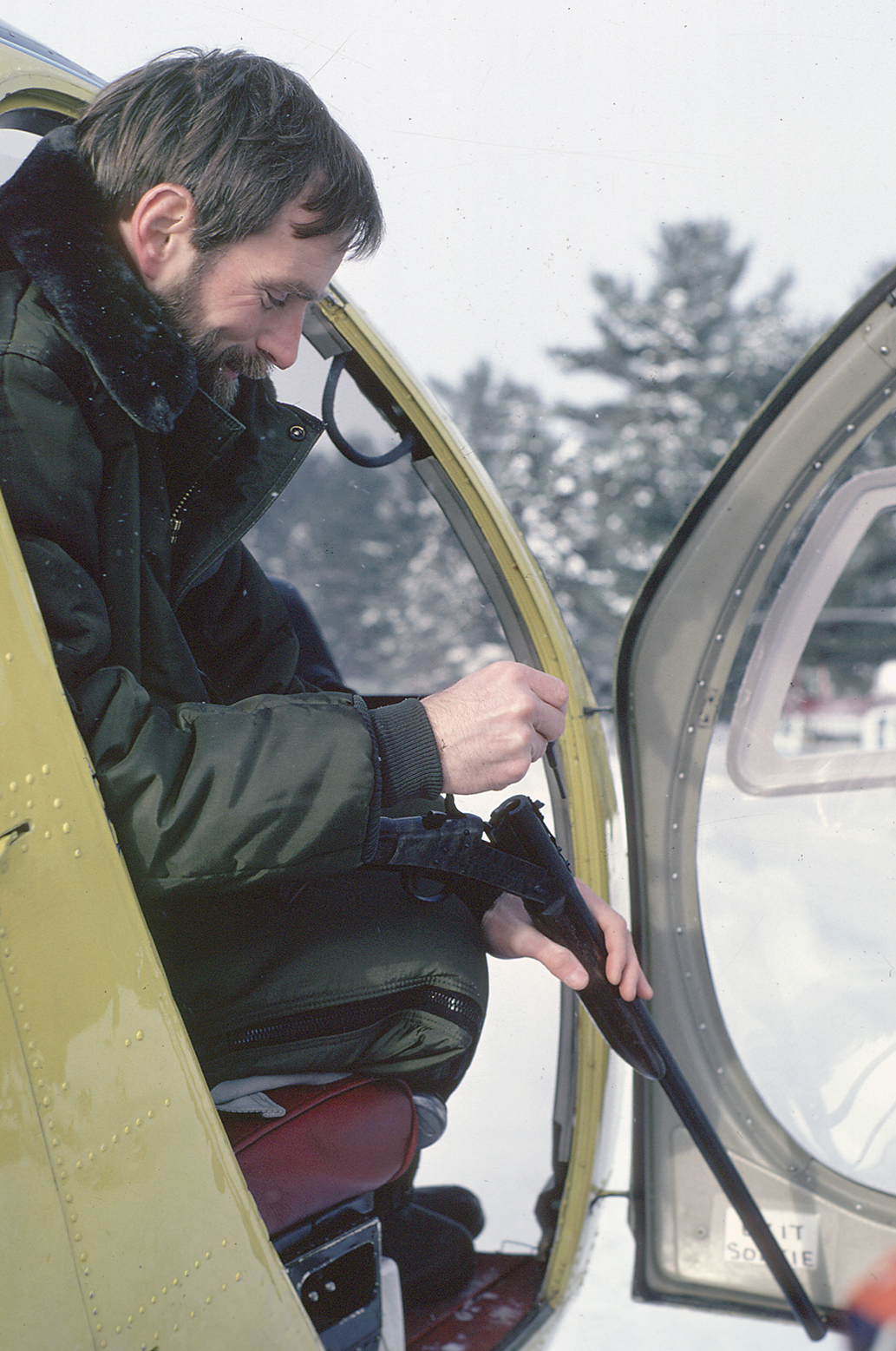
Schmitt said he had the opportunity to go to Isle Royale several times to work with Rolf Peterson, trapping and collaring moose and wolves as part of his study.
“It was also when turkeys were being brought into the state, so when those turkeys came in, we tested them for a number of bacterial and viral diseases, pouring Gatorade into them to hydrate them,” he recalled. “I remember making a long drive all night from Rose Lake to the Hiawatha Club in the U.P. to release birds in the late winter.
Schmitt was involved in tranquilizing and quarantining elk when some were moved to Wisconsin.
“That was a fun project back in the ‘90s,” Schmitt said. “I got to be involved in a lot of bear research early. I did a lot of it when they were crawling into bear dens and drugging them before they pulled them out. And I was involved with peregrine falcons, getting young birds out of nests atop tall buildings, going up with the window-washing crew to take blood samples.
“I started long enough ago that we still had Cusino (wildlife research area) with the large enclosure and Porter Ranch where they had deer in smaller pens. So there was a lot of hands-on work with deer.”
And, of course, there was a lot of hands-on work with bovine TB. But it wasn’t all bad, said Schmitt, who went on to spend five years as vice chairman, and five years as committee chairman, of the U.S. Animal Health Association.
“With bovine TB, I was able to meet people all over the world,” he said “I went to New Zealand and to Africa where they had TB hosts in wildlife. Michigan was unique as it was the only place in the U.S. with TB in white-tailed deer.”
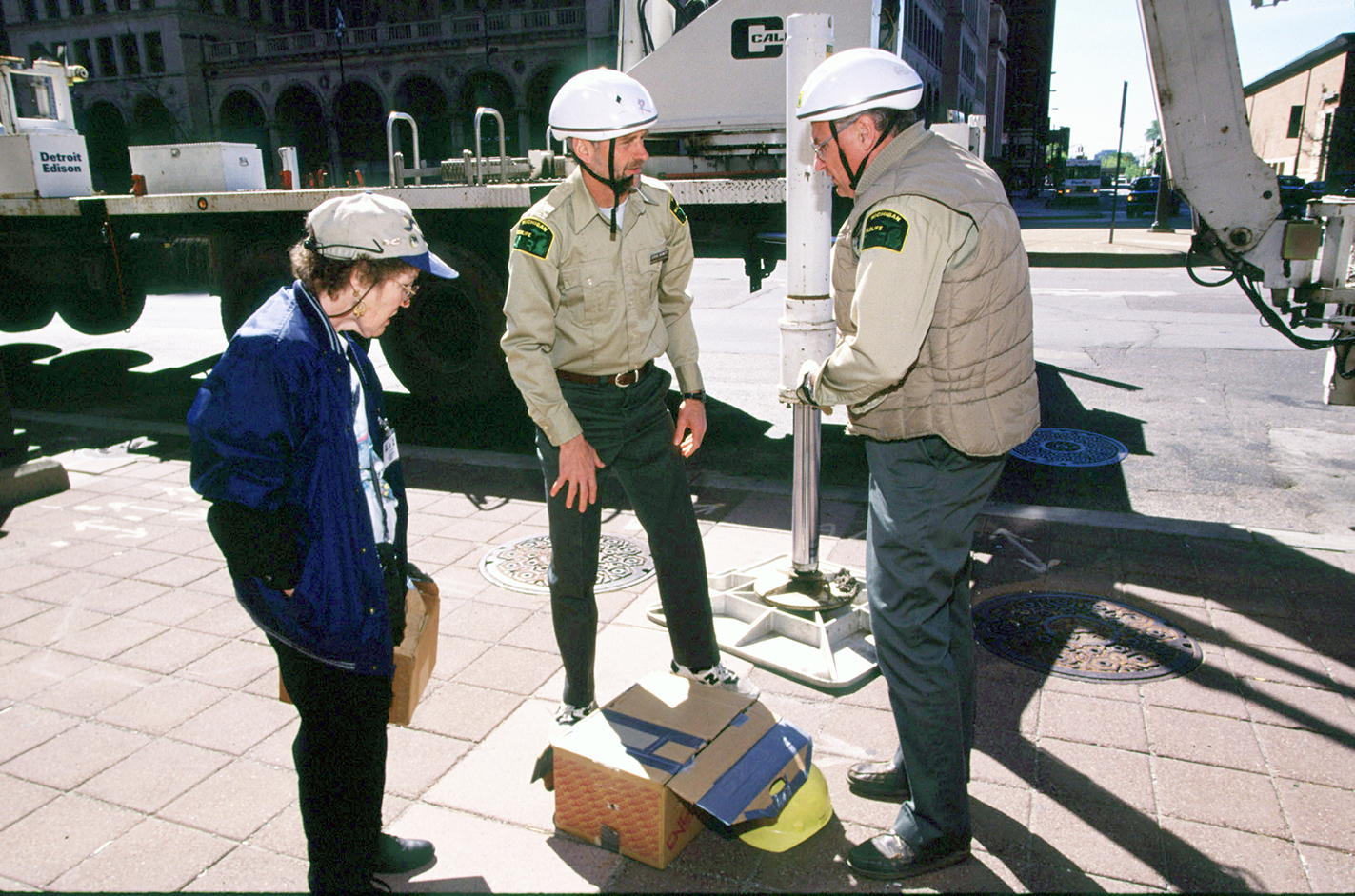 That expertise led Schmitt to travel to states and provinces to consult with their officials on disease problems and associated issues, such as feeding and baiting wildlife. That expertise led Schmitt to travel to states and provinces to consult with their officials on disease problems and associated issues, such as feeding and baiting wildlife.
His most recent challenge – the discovery of chronic wasting disease in free-ranging deer – has kept him hopping as his career wound down. He has co-chaired a committee on CWD involving state, federal and tribal wildlife and health officials.
He remains optimistic about that disease challenge, though he’ll be handing those duties off to his successor.
“When we had CWD in 2008 in a captive herd, that was good practice exercise, so when we found it, we could at least accomplish the surveillance pretty easily,” Schmitt said. “This time, I said we should be very aggressive about taking deer in Meridian Township until we don't find it any more. In five years we'll know what we're dealing with.”
An avid sportsman, Schmitt said he’ll have more time to pursue his interests – wild sheep hunting, for instance – though he will miss his job.
“I'll miss the people and the challenge, it’s stimulating intellectually,” he said. “I’ll miss being connected to other professionals. You’ll still be friends, but you’re kind of out of the game.
“It's like baseball – it’s a lot more interesting when you’re playing than when you’re sitting back watching.”
Catch upcoming stories by subscribing to free, weekly “Showcasing the DNR” articles. Check out previous Showcasing articles.
/Note to editors: Contact: John Pepin, 906-228-6561. Accompanying photos are available below for download and media use. Suggested captions follow. Credit: Michigan Department of Natural Resources.
Bovine TB (DSK414_122): Michigan Department of Natural Resources wildlife veterinarian Steve Schmitt working on the bovine tuberculosis issue at the new Wildlife Disease Lab at Michigan State University in East Lansing in 2011.
Moose (mr_00122): Prior to the the mid-1980s moose lift, Michigan Department of Natural Resources wildlife veterinarian Steve Schmitt is working out the details of crating a sedated moose at Rose Lake, August 1984.
Darts (mr_00155): Michigan Department of Natural Resources wildlife veterinarian Steve Schmitt loads tranquilizing darts into a rifle.
Turkey (mr_00240): Michigan Department of Natural Resources wildlife veterinarian Steve Schmitt, center, hydrates a newly arrived turkey from Ontario that was among a group traded for moose at Rose Lake, January 1991. Also pictured in the photograph are, at left, DNR pathologist Tom Cooley and DNR upland game bird specialist Al Stewart.
Falcon (mr_00358): From left, peregrine falcon observer Judy Yerke, Michigan Department of Natural Resources wildlife veterinarian Steve Schmitt, and biologist Tim Payne are shown preparing to ascend a cherry picker lift to a falcon nest to band chicks in downtown Detroit, May 1997.
Schmitt: Michigan Department of Natural Resources wildlife veterinarian Steve Schmitt./
The Michigan Department of Natural Resources is committed to the conservation, protection, management, use and enjoyment of the state’s natural and cultural resources for current and future generations. For more information, go to www.michigan.gov/dnr.
|

 “His passion for his job and this state’s natural resources is unprecedented,” said DNR Wildlife Division Chief Russ Mason.
“His passion for his job and this state’s natural resources is unprecedented,” said DNR Wildlife Division Chief Russ Mason.
 “We brought 29 the first year, 30 in ’87,” Schmitt recalled. “Of course, you’d tranquilize many more. If they ran into the woods, you couldn't recover them. I’d hike in on snow shoes – sometimes a half mile – and administer a reversal drug.
“We brought 29 the first year, 30 in ’87,” Schmitt recalled. “Of course, you’d tranquilize many more. If they ran into the woods, you couldn't recover them. I’d hike in on snow shoes – sometimes a half mile – and administer a reversal drug.
 That expertise led Schmitt to travel to states and provinces to consult with their officials on disease problems and associated issues, such as feeding and baiting wildlife.
That expertise led Schmitt to travel to states and provinces to consult with their officials on disease problems and associated issues, such as feeding and baiting wildlife.




